Introduction
Spring is the season of renewal, where gardens come alive with vibrant colors, intoxicating fragrances, and a palpable sense of rejuvenation. Gardeners everywhere await this time of year, eager to bring their green thumbs out of winter's repose and dive into the thrilling world of spring gardening. The excitement of planning, planting, and nurturing makes spring an unforgettable experience for both novice and veteran gardeners alike.

Amidst this excitement, the first essential step to ensuring a lush and thriving garden is selecting the right plants. A well-planned garden is a reflection of its environment, harmonizing perfectly with seasonal changes. Choosing the right plants involves more than just picking your favorites; it requires a thoughtful approach to understanding the various factors that make your garden unique. In this guide, we'll explore how you can choose the right plants for your spring garden, ensuring a flourishing and sustainable landscape.
Understanding Your Garden’s Environment
Climate Considerations
One of the first steps in selecting plants for your garden is to understand the climate where you are gardening. The United States Department of Agriculture (USDA) Hardiness Zone map is an invaluable resource that categorizes regions based on their average winter temperature range. Knowing your USDA zone will help you choose plants that can thrive in your local climate.
For example, if you are in a milder zone, such as 8 or 9, you have the wonderful opportunity to grow a broader variety of plants, including some tropical varieties. On the other hand, cooler zones like 5 or 6 might limit your options to hardier plants that can withstand colder winters.
Sunlight Requirements
Sunlight is a critical factor that determines the health and growth patterns of garden plants. Observe your garden throughout the day and note which areas receive full sun (at least six hours of direct sun), partial sun, or shade. This will guide you in selecting plants that match the sunlight conditions of your garden.

Full Sun Plants
- Sun-loving plants such as Agave Blue thrive in areas that receive uninterrupted sunlight for most of the day.
- Consider hardy options like the Agave Desmettiana Variegata for bold architectural statements in sunny spots.
Shade-Loving Plants
- For shaded areas, opt for plants like the Aglaonema Silver Bay, which prefers low-light environments.
Soil Type and Quality
The soil is the foundational base in which your garden grows, so understanding your soil type is paramount. Different plants require varying soil conditions to thrive. There are primarily three soil types: sandy, clayey, and loamy, each with its characteristics.
Conduct a soil test to determine the pH and nutrient levels of your garden soil. The results will help you amend the soil to create an environment conducive to plant growth.
Water Availability
Consider the water availability in your region and how it affects your garden. Some plants, like succulents and cacti, require minimal watering, making them ideal for drought-prone areas. In contrast, tropical plants may need more consistent moisture to thrive.
Choosing Plants According to Garden Aesthetics
Color Palette
Select plants that create a harmonious or complementary color palette in your garden. Lush greens can complement a tapestry of vibrant flowering plants like Agapanthus. The Agapanthus Lily of the Nile Blue brings a striking blue hue that can brighten any spring garden.

Plant Texture and Form
Beyond color, plant texture and form play a vital role in creating a dynamic garden. Combine plants with contrasting textures - such as the bold, stiff spikes of Agave Caribbean against the soft foliage of other companion plants for visual interest.
Planning for Plant Maintenance
Growth and Spread
When selecting plants for your garden, consider their growth rate and mature size. This foresight prevents overcrowding and keeps your garden organized. Fast-growing plants like certain palms need regular maintenance to prevent them from overshadowing other plants.
Palm Tree Options
- The Adonidia Palm Double is a manageable choice for those looking for a striking palm that doesn't outgrow its space too quickly.
- You can also explore more compact options like the Adonidia Palm Single.
Pest and Disease Resistance
Choose varieties that are resistant to common pests and diseases in your area. This decision minimizes the need for chemical interventions and keeps your garden organically healthy.
Seasonal Bloom and Foliage
Plan for a garden that offers visual appeal throughout the seasons. Opt for a mix of evergreen plants that provide year-round structure and seasonal flowering plants for color and variety.

Incorporating Native and Pollinator-Friendly Plants
Benefits of Native Plants
Native plants are adapted to local conditions, require less water, and attract beneficial wildlife. They are typically more robust and can save time and resources in maintaining your garden.
Supporting Pollinators
Incorporate plants that attract and support pollinators like bees, butterflies, and birds. A diverse and balanced ecosystem promotes a healthier garden environment.
Shopping for the Right Plants
Selecting Quality Over Quantity
When it comes to plant shopping, quality should always precede quantity. Ensure the plants you choose are healthy, disease-free, and well-suited to your garden's conditions.
Where to Shop
For a diverse selection of quality plants, consider shopping online at Plantology. We offer a wide range of plants and trees, perfect for your spring garden needs.
Featured Product: Alexander Palm
Create a tropical paradise in your garden with the Alexander Palm, known for its graceful form and resilience.
Creating a Planting Plan
Sketching Your Garden Layout
Create a planting plan by sketching your garden layout. Consider plant heights, bloom times, and color schemes to ensure a balanced arrangement that will bring lasting beauty.

Planting in Layers
Use a layered approach in the garden by planting in tall, medium, and groundcover layers. This strategy maximizes visual interest and creates habitat for garden wildlife.
Monitoring and Adjusting Your Garden
Observation and Adaptation
Gardening is an ongoing process that requires observation and adaptation. As plants grow and seasons change, you may need to make adjustments to meet your garden's evolving needs.
Learning from Experience
Every garden offers lessons. Reflect on what worked well and what could be improved, using these insights for future planting seasons.
Conclusion
Choosing the right plants for your spring garden can transform your outdoor space into a breathtaking sanctuary. By understanding your garden's unique environment and selecting plants that complement it, you can create a thriving, beautiful, and sustainable landscape. At Plantology, we're here to support your gardening journey with a curated selection of plants and expert advice. Explore our range today and make the most of your spring garden.
Happy gardening!
Maximizing the Potential of Small Gardens
Vertical Gardening
One of the most innovative strategies for small gardens is to make the most of vertical space. Vertical gardening allows you to cultivate a lush garden in limited areas by using wall planters, trellises, and hanging baskets. Vertical gardens are ideal for growing climbing plants such as peas, beans, and cucumbers. They not only add an extra dimension to your garden but also create a stunning visual effect that draws the eye upwards.

- Consider the Celastrus Orbiculatus, also known as the Oriental Bittersweet, for a vibrant touch of green that can cover trellises and walls beautifully.
- For a splash of color, plant Creeping Jenny in hanging baskets or along vertical structures to enjoy its cascading foliage.
Container Gardening
For those with limited ground space or poor soil quality, container gardening offers a practical solution. The flexibility of containers allows you to move plants to capture sunlight or protect them from harsh weather. Choose containers that complement your garden's theme and elevate it with a variety of herbaceous plants.
- Create a container herb garden featuring Rosemary, Basil, and Thyme for a fresh supply of kitchen ingredients.
- Use large pots for specimen plants like the Japanese Maple, adding structure and elegance to patios or balconies.
Integrating Edibles into Your Landscape
Edible Landscaping
Edible landscaping is a delightful way to combine beauty with functionality. By integrating edible plants into your decorative garden, you can enjoy both attractive vistas and bountiful harvests. This approach not only maximizes productivity but also promotes sustainability by reducing ornamental plant dependency.
- Interplant rows of Violet Vegan Kale with vibrant flowers for a striking contrast and flavorful greens.
- Fruit trees such as the Dwarf Lime Tree can be used as focal points, delivering fresh citrus while adding architectural interest.
Companion Planting
Utilize the principles of companion planting to enhance plant growth, deter pests, and benefit from mutualistic relationships. Certain plant combinations, such as tomatoes with basil or carrots with onions, can improve yield and flavor while reducing pest populations.

- Pair Tomato Veranda Red with lush, aromatic Genovese Basil to keep pests at bay and enhance your garden's sensory experience.
- Grow California Poppy alongside vegetables to attract pollinators, enriching both aesthetics and harvests.
Three Sisters Method
The Three Sisters gardening method, rooted in Native American tradition, combines corn, beans, and squash to create a sustainable, symbiotic growing system. Corn provides a natural trellis for bean vines, beans enrich the soil with nitrogen, and squash spreads across the ground, acting as a living mulch.
- Try Sweet Corn, Pole Beans, and Zucchini to recreate this ancient technique in your own garden.
- Utilize heirloom varieties to capture traditional flavors and maximize genetic diversity in your crop selection.
Enhancing Biodiversity and Sustainability
Creating Wildlife Habitats
Introducing biodiversity in your garden goes beyond planting diverse species; it's about creating habitats for various wildlife forms. This includes setting up birdhouses, creating water features like ponds, and leaving areas with leaf litter for insects.
- Install a simple birdbath to attract feathered visitors, enhancing both ecology and entertainment.
- Choose native shrubs like Wild Ninebark to offer shelter and nourishment to critters large and small.

Managing Garden Ecology
A thriving garden is an ecosystem where balance is key. Encourage natural pest predators like ladybugs or birds instead of relying on chemical pesticides. Promoting composting and mulching can improve soil health and water retention, reducing the need for synthetic fertilizers and irrigation.
- Utilize green manure crops such as Crimson Clover to enhance soil fertility and structure.
- Convert kitchen waste into nutrient-rich compost to enrich your soil and close nutrient cycles through sustainable practices.
Implementing Perennial Systems
Incorporating perennial plants into your garden can decrease maintenance and create long-lasting landscapes. Perennials typically require less input than annual plants after establishment, making them a staple for sustainable gardening.
- Explore flowering perennials like Daylily for vibrant summer blooms year after year without replanting.
- Opt for perennial vegetable varieties such as Asparagus or Rhubarb to enjoy recurring harvests.
Cultivating a Sense of Community Through Gardening
Joining Local Gardening Clubs
Participating in local gardening clubs provides an opportunity for exchanging knowledge, seeds, and plants with fellow gardening enthusiasts. It's a great way to build community, improve your gardening skills, and share the joys of horticulture.
- Connect with local chapters of national organizations like the American Horticultural Society to access a wealth of regional gardening resources.

- Engage in plant swap events to diversify your garden collection without additional cost.
Starting Community Gardens
Community gardens transform urban spaces into green havens, tackle food insecurity, and create social connections among residents. These shared gardens can serve as influential teaching sites, fostering education on sustainable practices and promoting healthier lifestyles.
- Collaborate with neighbors to initiate garden projects that utilize vacant lots or underused municipal property.
- Implement educational workshops on topics such as composting and rainwater harvesting to empower community members.
Engaging in Online Gardening Communities
The digital realm offers vast opportunities to connect with other garden enthusiasts worldwide. Online forums and social media groups provide platforms to seek advice, showcase achievements, and draw inspiration.
- Join Facebook groups dedicated to niche gardening interests, from succulent propagation to organic vegetable farming.
- Participate in digital discussions on platforms like Reddit to gain insights from fellow gardeners facing similar challenges.
Embracing Technology in the Garden
Smart Gardening Tools
Modern technology introduces sophisticated tools that can assist in optimizing garden management. Smart irrigation systems, plant sensors, and garden planning apps can increase efficiency and improve plant care.

- Utilize automated irrigation controllers that adapt watering schedules based on current weather data, reducing water waste.
- Incorporate soil moisture sensors to receive real-time insights and prevent over or under watering of plants.
Plant Identification Apps
Harness the power of AI-driven plant identification apps to learn more about the flora in your surroundings. These apps help accurately identify plant species, provide care tips, and diagnose potential issues.
- Use apps like PlantSnap or PictureThis to identify unknown plants or verify proper species in your garden.

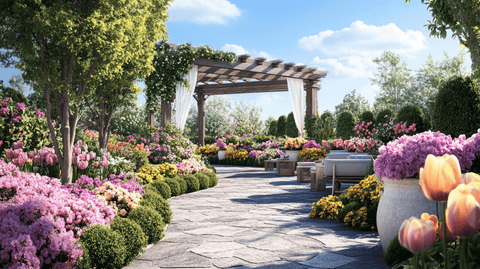











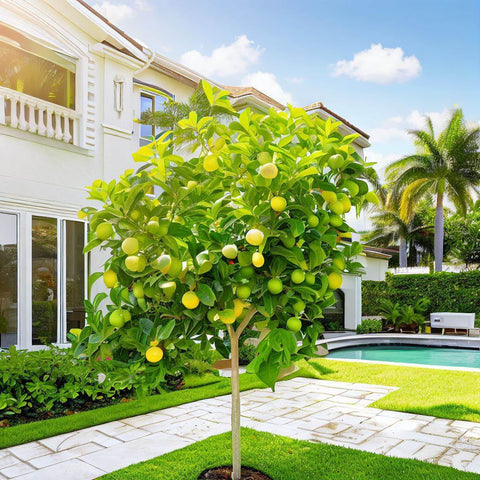
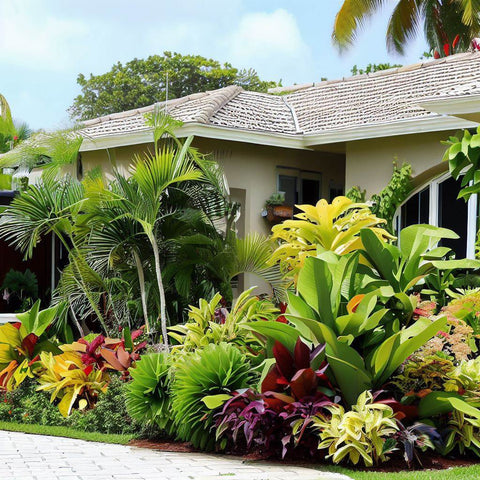


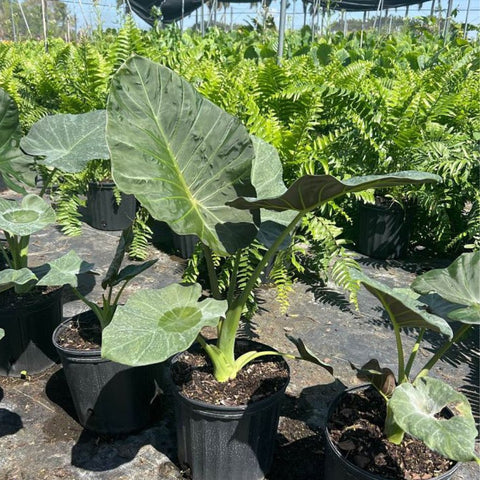
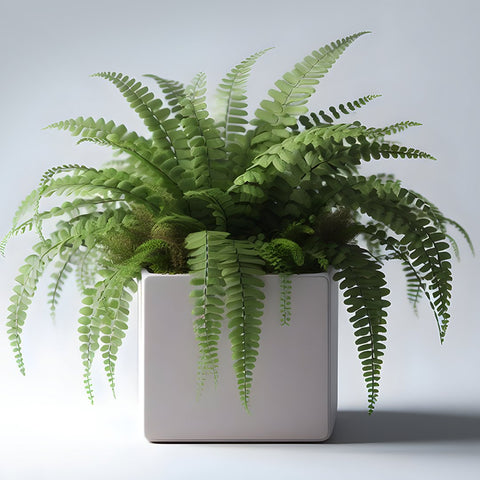

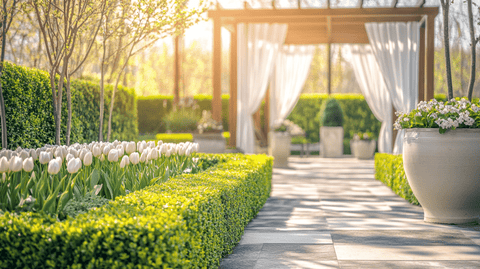









Comments (0)
There are no comments for this article. Be the first one to leave a message!